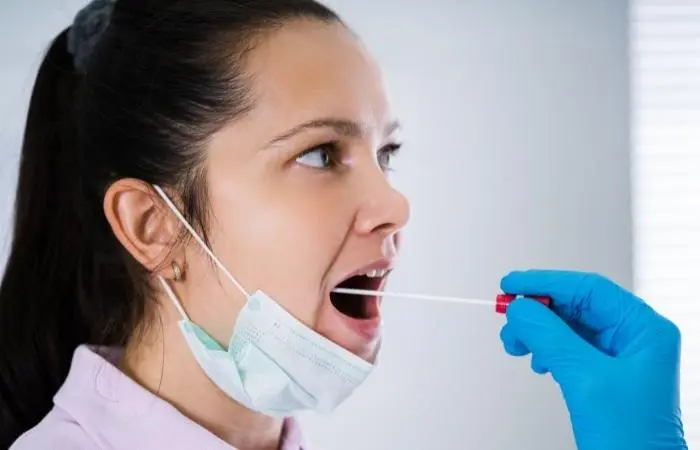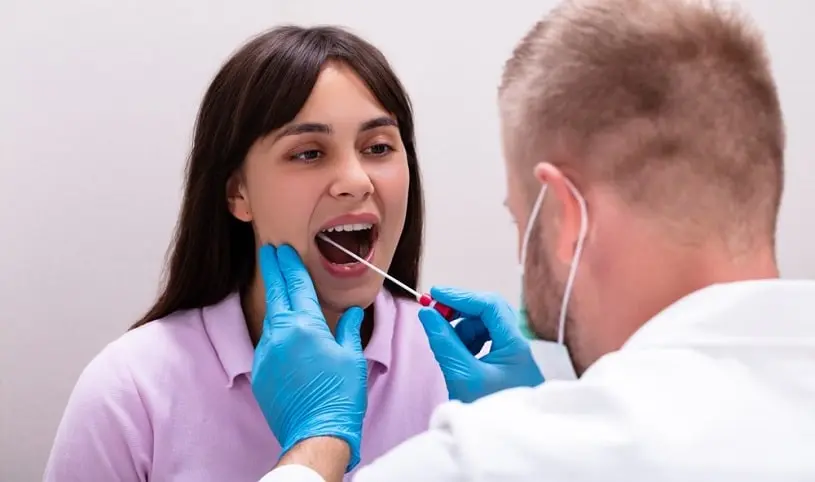Welcome to the Saliva Drug testing guide, the ultimate resource for a healthier you. Drug testing has become vital for safety and well-being, personally and professionally. This guide provides valuable insights into saliva drug testing.
Throughout this article, we explore the methodology, detection window, and substances identified by saliva drug testing. We delve into its significance in workplace drug screening, law enforcement procedures, and personal health monitoring.
By the end, you’ll have a thorough understanding of saliva drug testing, empowering informed decisions for a healthier you. Join us on this enlightening journey as we uncover the ins and outs of saliva drug testing.
Key Takeaways
- Saliva drug testing is a non-invasive and efficient method of detecting drugs.
- It provides valuable information for healthcare professionals and is important in addiction treatment, workplace safety, and law enforcement.
- Saliva drug testing is convenient, accurate, and detects recent drug use.
- It helps identify potential health risks and promotes overall well-being.
The Importance of Saliva Drug Testing
Highlighting the significance of saliva drug testing, its role in ensuring optimal health and well-being cannot be overstated. Saliva drug testing is a non-invasive and efficient method of detecting the presence of drugs in an individual’s system.
It provides valuable information about a person’s drug use history, allowing healthcare professionals to make informed decisions regarding treatment plans, medication management, and overall patient care. This type of testing is particularly important in areas such as addiction treatment, workplace safety, and law enforcement.
Saliva drug testing offers several advantages over other testing methods, including its convenience, accuracy, and ability to detect recent drug use. Additionally, it provides a comprehensive picture of an individual’s drug use habits, helping to identify potential health risks and promote overall well-being.

Understanding the Process of Saliva Drug Testing
To gain a comprehensive understanding of saliva drug testing, it is essential to familiarize oneself with the process involved. Here is a breakdown of the steps involved in saliva drug testing:
- Sample collection: A collection device, such as a swab or sponge, is placed in the mouth to collect saliva. The individual may be asked to swab their cheeks, gums, or under their tongue.
- Preservation: The collected saliva sample is then placed in a sealed container to preserve its integrity and prevent contamination.
- Laboratory analysis: The preserved sample is sent to a laboratory for analysis. Here, advanced techniques are used to detect the presence of drugs or their metabolites in the saliva.
- Results interpretation: A qualified professional interprets the test results. The presence of drugs in the saliva indicates recent drug use, while the absence suggests abstinence.
Understanding the process of saliva drug testing can help individuals make informed decisions about their health and well-being.
Common Drugs Detected in Saliva Drug Testing
Common drugs detected in saliva drug testing include substances such as marijuana, cocaine, amphetamines, opioids, and benzodiazepines. Saliva drug testing is a reliable method for detecting recent drug use, as these substances can be detected in saliva shortly after ingestion.
Marijuana, or THC (tetrahydrocannabinol), is often tested due to its widespread use. Cocaine, a powerful stimulant, can also be detected in saliva, providing evidence of recent use. Amphetamines, including drugs like methamphetamine and ecstasy, are commonly tested for their stimulant effects.
Opioids, such as heroin and prescription painkillers, can also be detected in saliva, highlighting potential drug abuse. Benzodiazepines, which are often prescribed for anxiety and sleep disorders, can also be detected, indicating potential misuse or abuse.
Saliva drug testing plays a crucial role in identifying drug use and promoting a healthier lifestyle.
Benefits of Saliva Drug Testing Over Other Methods
Saliva drug testing offers several advantages over other methods of drug testing due to its ability to detect recent drug use and provide reliable results. Here are four key benefits of saliva drug testing:
- Non-invasive: Unlike blood or urine tests, saliva drug testing is non-invasive and does not require needles or special collection procedures. It simply involves collecting a small sample of saliva, making it more comfortable and convenient for individuals.
- Quick detection window: Saliva drug tests can detect drug use within a shorter window of time compared to other methods. This makes it particularly useful for detecting recent drug use, as drugs can be detected in saliva within a few hours after ingestion.
- Easy sample collection: Collecting a saliva sample is easy and can be done under direct supervision, minimizing the chances of sample tampering or substitution. The simplicity of sample collection also reduces the risk of contamination and ensures accurate results.
- Accurate and reliable: Saliva drug testing provides accurate and reliable results, with high sensitivity and specificity. It can detect a wide range of drugs, including marijuana, cocaine, amphetamines, opioids, and benzodiazepines, making it an effective tool for drug screening.
Tips for Preparing for a Saliva Drug Test
When preparing for a saliva drug test, it is important to take certain steps to ensure accurate and reliable results. Here are some tips to help you prepare for a saliva drug test:
- Avoid drug use: The most obvious tip is to refrain from using drugs before the test. Drugs can stay in your saliva for up to 72 hours, so it is best to abstain to ensure a negative result.
- Stay hydrated: Drinking plenty of water before the test can help dilute any drugs present in your saliva. This can potentially lower the concentration of drugs and increase the chances of passing the test.
- Practice good oral hygiene: Brush your teeth thoroughly and use mouthwash before the test. This can help remove any drug residue from your mouth and reduce the chances of a positive result.
- Be aware of the detection window: Different drugs have different detection windows in saliva. Understanding the detection window for the drug you have used can help you time the test accordingly.
Following these tips can help you prepare for a saliva drug test and increase the likelihood of obtaining accurate and reliable results.
Frequently Asked Questions
Can Saliva Drug Testing Detect All Types of Drugs?
Saliva drug testing is a reliable method for detecting a wide range of drugs. It can detect drugs such as marijuana, cocaine, amphetamines, opioids, and benzodiazepines. The test is non-invasive and provides accurate results within a short period of time.
How Long Does It Take for Drugs to Be Detectable in Saliva After Use?
It typically takes around 10 minutes to 24 hours for drugs to become detectable in saliva after use. The detection window varies depending on the drug, with some substances being detectable for up to 72 hours.
Is Saliva Drug Testing an Accurate Method of Detecting Drug Use?
Saliva drug testing is a reliable and accurate method of detecting drug use. It provides quick results and can detect recent drug use within a short timeframe. This makes it a valuable tool for various applications, including workplace testing and law enforcement purposes.
Can Medications or Other Substances Interfere With the Results of a Saliva Drug Test?
Yes, medications and certain substances can interfere with the results of a saliva drug test. It is important to provide a complete list of any medications or substances you are taking to the testing facility to ensure accurate results.
Are There Any Specific Precautions or Guidelines to Follow Before Taking a Saliva Drug Test?
Before taking a saliva drug test, it is important to follow certain precautions and guidelines. These may include refraining from eating, drinking, or smoking for a specified period of time, as well as avoiding certain medications or substances that could potentially interfere with the test results.
Conclusion
In conclusion, saliva drug testing is a vital tool in maintaining safety and well-being in various settings.
This comprehensive guide has provided valuable insights into the methodology, detection window, and substances identified through saliva drug testing.
It has also highlighted the significance of this testing method in workplace screening, law enforcement procedures, and personal health monitoring.
Armed with this knowledge, individuals can make informed decisions and take proactive steps towards a healthier lifestyle.
You may also like to read:
Scientific Health Benefits of Moringa Powder








